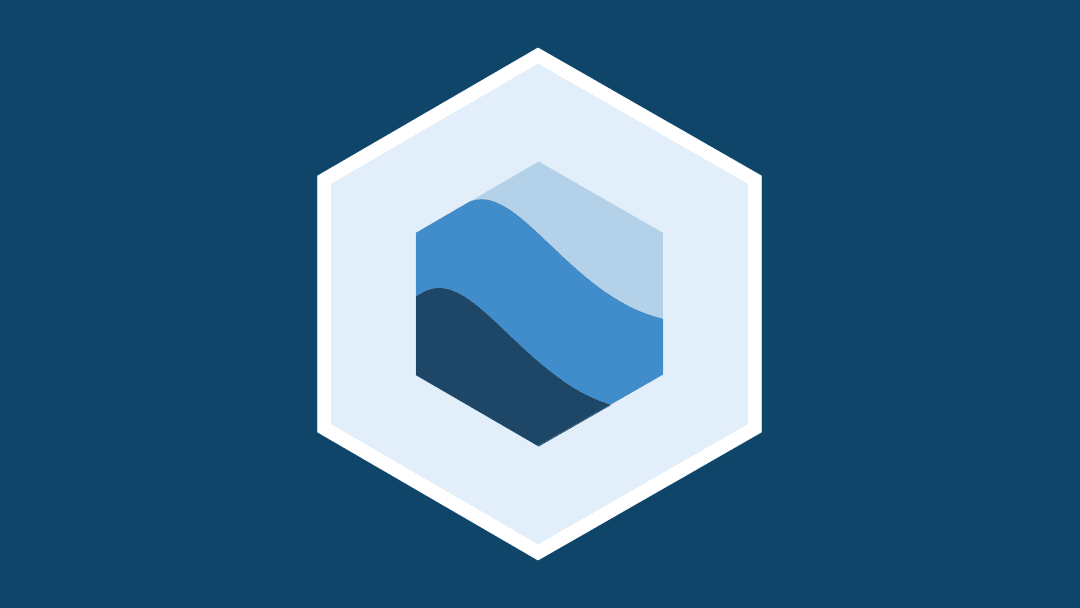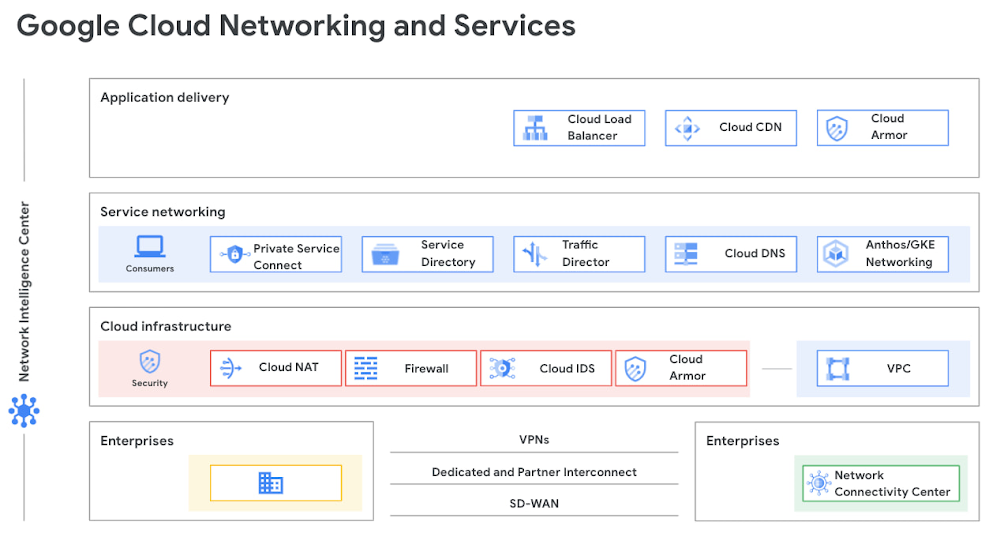Docker recently announced updates and extensions to our product subscriptions. Docker CEO Scott Johnston also posted a blog about the changes. Much of the discussion centered on what the licensing changes mean for users of Docker Desktop, which remains free for small businesses and several other user types, but now requires a paid subscription — starting at $5 per user per month — for professional use in medium to large businesses.
Earlier this month Docker Captain, Bret Fisher weighed in on the debate by posting a YouTube video to his DevOps and Docker Live Show (Episode 138). In the nearly 90-minute episode, Bret dives into what Docker Desktop does, why we need it, why we should care, whether users can replace it with a simple tool, and more.
In digging into the nitty-gritty, Bret makes a lot of great points that can help you understand how the new Docker subscription changes may affect you, if at all. Here are the top 5 takeaways from Bret’s video (not necessarily in the order in which he shared them):
1) Value for money
Bret reminded his audience of the many things — some of them complex and subtle — that Docker Desktop does that make it such a valuable developer tool.
But wait, there’s more!
These are just some of the things you don’t get if you don’t use Docker Desktop — and this is not even a complete list.
The question for those affected by the licensing changes: Is all this functionality worth the price of a cup of coffee each month? (Note: the paid subscription is to Docker, not to Docker Desktop.)
2) What is still free?
In all the discussion about the new subscription charges, it’s important to remember there’s a broad range of exceptions where users can continue to enjoy free usage. Bret goes through these carefully.
Although using Docker Desktop in larger businesses will require a paid subscription (Pro, Team or Business), it’s still free for small businesses of fewer than 250 employees and less than $10 million in annual revenue. It’s also still free for personal use, education, and non-commercial open source projects.
As an example of personal use, Bret gave the example of your kids running Minecraft in a Java container on your home server. The education exception covers, for example, students learning how to use Docker.
For non-commercial open source projects, Bret said most people are in one of two boats: If you’re working in open source as a volunteer in your spare hours, you won’t need to pay, but if you’re using open source in your job while on the clock for your employer, you’ll likely need to buy a license.
Also free is the new Docker Personal replaces the former Docker Free subscription and focuses on open source communities, individual developers, education and small businesses. (Check out our FAQ for more detail on all our subscription tiers.)
Worth noting: Docker is allowing a grace period for users to comply with the new license agreement. If you accept the update to the service agreement that Docker recently pushed out, you have until January 31, 2022 to pay for your subscription to use Docker Desktop. The subscription is $5 per person per month, with no limit on how many machines you can put the software on.
Bret said Docker has no plans to enforce payment, but rather will trust customers to comply.
3) No changes for Linux/open source users
Remember, if you’re on Linux, none of the licensing changes apply to you. As Bret explains, Docker Desktop is a mix of open source and closed source software, and it’s the closed source bits to which the Docker Desktop licensing changes apply. That means all the binaries (Docker Engine, Docker Daemon, Docker CLI, Docker Compose, BuildKit, libraries, etc) and anything open source continues to be free of charge.
However, if you’re on a Mac or Windows PC and you installed Docker Desktop to simplify the running of a Linux VM, then you could be affected by the changes. In short, the Docker Desktop licensing changes are focused on the Docker mega-tool. Everything open source stays open source.
4) The why
Docker has been thinking for years about how to create a business model that will allow it to grow sustainably. But timing is everything.
As Bret explains, when Docker Desktop launched in 2017, the product was a shadow of what it is today in terms of features and added value. So asking people to pay for a license at that time would have failed, and the product we know and love today likely wouldn’t even exist.
The company flirted with charging for Docker Desktop a few years ago, but then backed away from the idea when it decided not to go the enterprise software route. But now, finally, the time has come — and with good reason. Over the past year, Docker has added a slew of features, such as image scanning in the Docker CLI, Docker Desktop on Apple Silicon, Audit Logs in Docker Hub, GPU support in Docker Desktop, BuildKit Dockerfile mounts, new Docker Verified Publisher images and more. And a glance at our public roadmap tells you there’s more of the same coming down the pike in the year ahead.
In Bret’s words, the changes happening now are, “really all about Docker just trying to make a sustainable business model around gigantic companies trying to use [Docker’s] product to get their companies’ jobs done every day that aren’t paying Docker a dime for it.”
5) DIY Alternatives to Docker Desktop? Yes, but …
Are there alternatives to Docker Desktop that do the job as well? For those who don’t want to pay for a license or are forced off Docker Desktop by an employer who doesn’t want to pay, Bret explores a handful of contenders — from Podman and minikube to containerd, and Lima.
But all of these alternatives involve multiple steps and tons of caveats for a fraction of the features, prompting this from Bret, “To my knowledge, there is no version of a comparable single product that provides all of this stuff anywhere close to what Docker does.”
So there you have it, from the mouth of a Docker Captain. Most of us have gotten used to free software from Docker, and now the game is changing. For what it’s worth, Bret shares that he started paying for Docker Hub years ago because he finds the software is critical to his workflow.
If you’re interested in more of Bret’s content, he has multiple Docker and Kubernetes courses, a weekly YouTube Live, a Docker-focused Podcast, and a DevOps Discord chat server. You can also chat with him on Twitter @BretFisher
The post Looking for a Docker Alternative? Consider This. appeared first on Docker Blog.
Quelle: https://blog.docker.com/feed/





